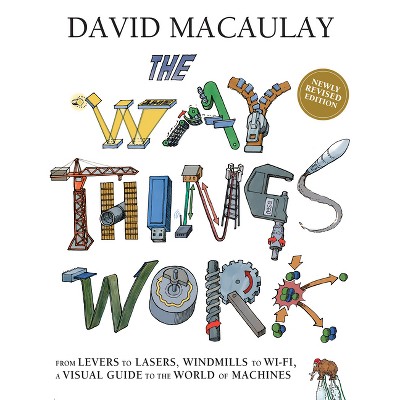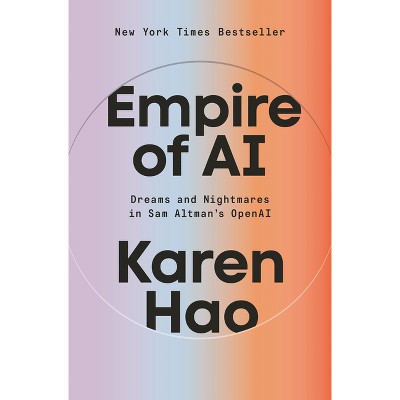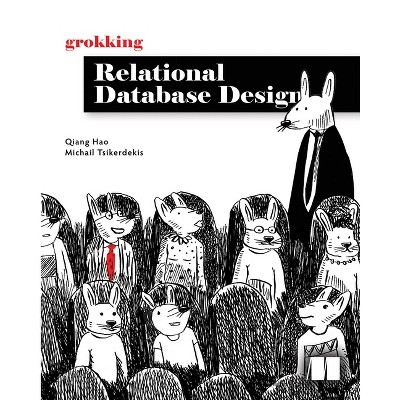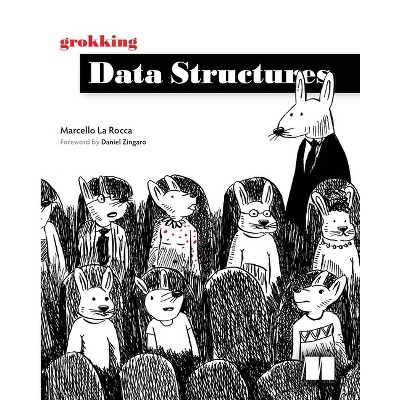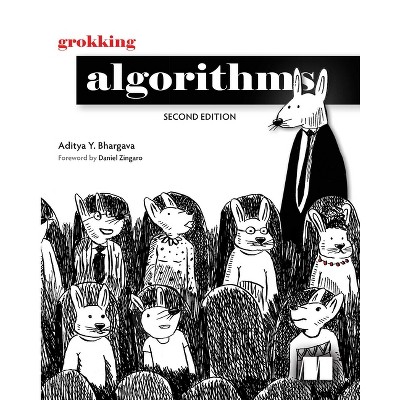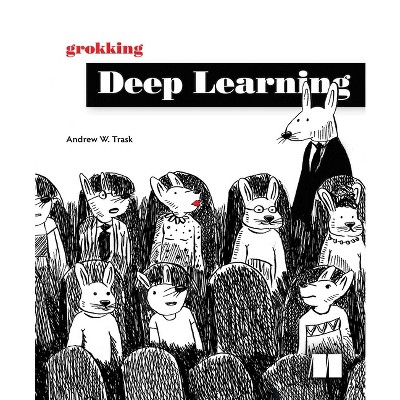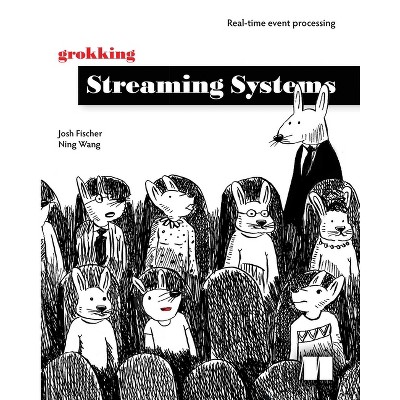Sponsored

Grokking Machine Learning - by Luis Serrano (Paperback)
In Stock
Sponsored
About this item
Highlights
- Discover valuable machine learning techniques you can understand and apply using just high-school math.
- About the Author: Luis G. Serrano has worked as the Head of Content for Artificial Intelligence at Udacity and as a Machine Learning Engineer at Google, where he worked on the YouTube recommendations system.
- 512 Pages
- Computers + Internet,
Description
About the Book
It's time to dispel the myth that machine learning is difficult. Grokking Machine Learning teaches you how to apply ML to your projects using only standard Python code and high school-level math. No specialist knowledge is required to tackle the hands-on exercises using readily available machine learning tools!
In Grokking Machine Learning, expert machine learning engineer Luis Serrano introduces the most valuable ML techniques and teaches you how to make them work for you. Practical examples illustrate each new concept to ensure you're grokking as you go. You'll build models for spam detection, language analysis, and image recognition as you lock in each carefully-selected skill. Packed with easy-to-follow
Python-based exercises and mini-projects, this book sets you on the path to becoming a machine learning expert.
Key Features
- Different types of machine learning, including supervised and unsupervised learning
- Algorithms for simplifying, classifying, and splitting data
- Machine learning packages and tools
- Hands-on exercises with fully-explained Python code samples
For readers with intermediate programming knowledge in Python or a similar language.
About the technology
Machine learning is a collection of mathematically-based techniques and algorithms that enable computers to identify patterns and generate predictions from data. This revolutionary data analysis approach is behind everything from recommendation systems to self-driving cars, and is transforming industries from finance to art.
Book Synopsis
Discover valuable machine learning techniques you can understand and apply using just high-school math. In Grokking Machine Learning you will learn: Supervised algorithms for classifying and splitting dataMethods for cleaning and simplifying data
Machine learning packages and tools
Neural networks and ensemble methods for complex datasets Grokking Machine Learning teaches you how to apply ML to your projects using only standard Python code and high school-level math. No specialist knowledge is required to tackle the hands-on exercises using Python and readily available machine learning tools. Packed with easy-to-follow Python-based exercises and mini-projects, this book sets you on the path to becoming a machine learning expert. Purchase of the print book includes a free eBook in PDF, Kindle, and ePub formats from Manning Publications. About the technology
Discover powerful machine learning techniques you can understand and apply using only high school math! Put simply, machine learning is a set of techniques for data analysis based on algorithms that deliver better results as you give them more data. ML powers many cutting-edge technologies, such as recommendation systems, facial recognition software, smart speakers, and even self-driving cars. This unique book introduces the core concepts of machine learning, using relatable examples, engaging exercises, and crisp illustrations. About the book
Grokking Machine Learning presents machine learning algorithms and techniques in a way that anyone can understand. This book skips the confused academic jargon and offers clear explanations that require only basic algebra. As you go, you'll build interesting projects with Python, including models for spam detection and image recognition. You'll also pick up practical skills for cleaning and preparing data. What's inside Supervised algorithms for classifying and splitting data
Methods for cleaning and simplifying data
Machine learning packages and tools
Neural networks and ensemble methods for complex datasets About the reader
For readers who know basic Python. No machine learning knowledge necessary. About the author
Luis G. Serrano is a research scientist in quantum artificial intelligence. Previously, he was a Machine Learning Engineer at Google and Lead Artificial Intelligence Educator at Apple. Table of Contents
1 What is machine learning? It is common sense, except done by a computer
2 Types of machine learning
3 Drawing a line close to our points: Linear regression
4 Optimizing the training process: Underfitting, overfitting, testing, and regularization
5 Using lines to split our points: The perceptron algorithm
6 A continuous approach to splitting points: Logistic classifiers
7 How do you measure classification models? Accuracy and its friends
8 Using probability to its maximum: The naive Bayes model
9 Splitting data by asking questions: Decision trees
10 Combining building blocks to gain more power: Neural networks
11 Finding boundaries with style: Support vector machines and the kernel method
12 Combining models to maximize results: Ensemble learning
13 Putting it all in practice: A real-life example of data engineering and machine learning
About the Author
Luis G. Serrano has worked as the Head of Content for Artificial Intelligence at Udacity and as a Machine Learning Engineer at Google, where he worked on the YouTube recommendations system. He holds a PhD in mathematics from the University of Michigan, a Bachelor and Masters from the University of Waterloo, and worked as a postdoctoral researcher at the University of Quebec at Montreal. He shares his machine learning expertise on a YouTube channel with over 2 million views and 35 thousand subscribers, and is a frequent speaker at artificial intelligence and data science conferences.

